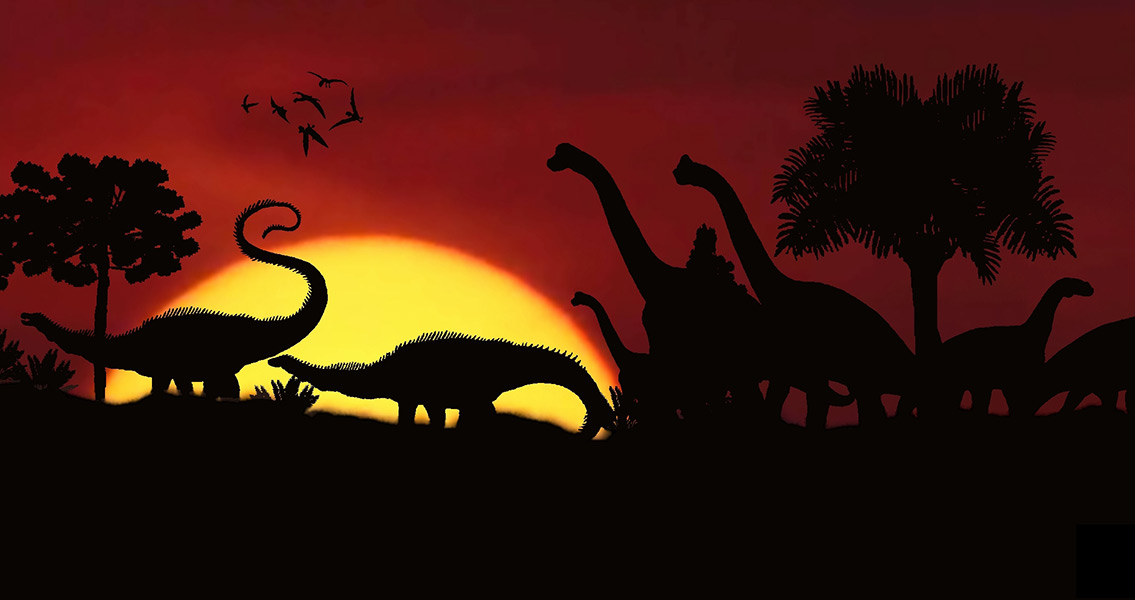<![CDATA[The first dinosaurs are thought to have emerged around 231 million years in the past. Their closest biological cousins, known as dinosauromorphs, were thought to have preceded them by 14 million years, but new evidence has emerged suggesting the gap between dinosaurs and their cousins was much smaller. In fact, a recently published research study has announced that the emergence of dinosauromorphs occurred closer to between 235 and 234 million years in the past. This could aid paleontologists in determining the origins of the dinosaurs and how they evolved from their “cousins”, as scientists say that there is still an imperfect understanding as to when, where and how this evolution occurred. Dinosaur cousins are present in the fossil record around the world, including a treasure trove known as the Chañares Formation in Argentina. Originally thought to contain relics from the Middle Triassic, the Argentine fossil trove was subjected to newer, more accurate age dating techniques that led to the discovery that the formation dates to the Late Triassic instead, a period that is much closer to the advent of the dinosaurs. Randall Imis, co-author of the recent study, associate professor at the University of Utah and paleontology curator at the state’s Natural History Museum, said in an interview with the Christian Science Monitor that these dinosaur cousins not just predated the rise of “official” dinosaurs but also lived alongside them. They share a common ancestor with dinosaur species, but turned out to be an evolutionary dead end in comparison to their close cousins – these dinosauromorphs are understood to have eventually died out between 210 million and 201 million years ago. That being said, early dinosaurs and dinosauromorphs were likely to be quite similar in physical appearance. Imis remarked that they had several similarities – mostly meat-eating, bipedal creatures with upright postures and legs positioned under their bodies, both dinosaurs and their cousins would have averaged around six feet long at maximum. However, while the scientist added that it might have been nearly impossible to distinguish the two species “if you saw one in a dark alley”, the physiological differences under the skin do indeed make it easier to tell the relatives apart. The hip bone in particular is one of the telltale marks of whether a specimen is an early dinosaur or a dinosauromorph, as the latter have depressions in their hip sockets while dinosaurs had complete holes where the leg bone would protrude through a hole in the hip instead. While the fossilized remains found in the Chañares Formation may rewrite the record books when it comes to the timing of the dinosauromorphs, Imis says that there could be other fossil finds out there that could move the new date back further again. However, the evidence found by the researcher and his team do prove that the dinosaur cousins were around at least 236 million years in the past. For more information: www.pnas.org Image courtesy of Wikimedia Commons user: Márcio Luiz]]>
Gap Between Dinosaurs and Their “Cousins” Narrows
